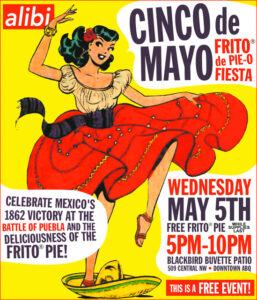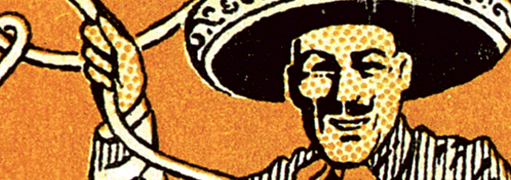Mariachi bands are similar to the Spanish theatrical orchestras of the 16 th , 17 th and 18 th centuries, which were comprised of two violins (originally from Italy), two trumpets and a few guitars. A traditional mariachi band is made up of three violins, two trumpets, one guitar, one vihuela, one guitarrón and sometimes a harp. The vihuela and the guitarrón are really the only truly Mexican instruments used in mariachi bands. The charros the mariachis wear are traditional Mexican clothing for cowboys from the Jalisco area. The music itself came from the local folk music around Jalisco and often incorporates themes from the Mexican Revolution.





